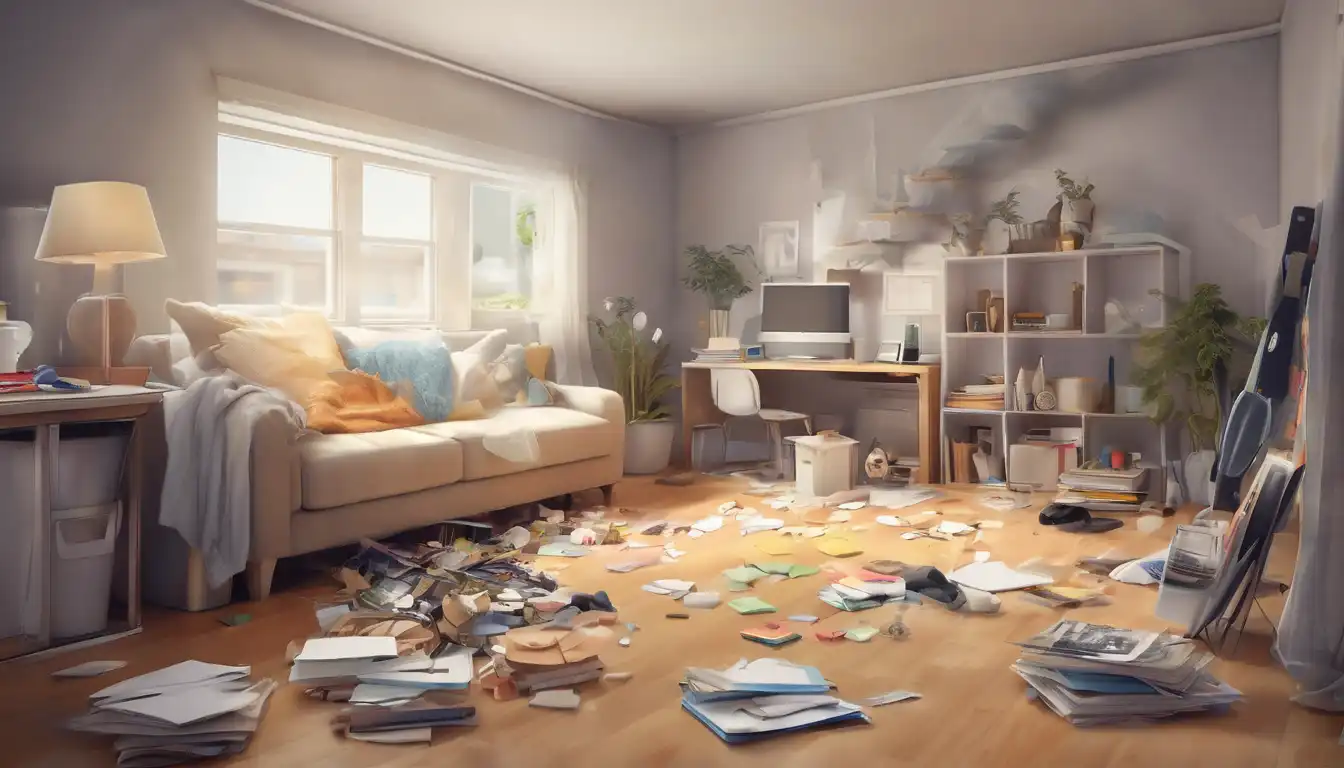Transform Your Space: The Ultimate Guide to Quick Decluttering
Are you tired of living in a cluttered environment that drains your energy and makes daily life more stressful than it needs to be? Many people struggle with clutter accumulation, but the good news is that you can transform your home quickly with the right approach. Decluttering doesn't have to be an overwhelming, weekend-long project. With these easy steps, you can create a more organized, peaceful living space in just a few hours.
Why Quick Decluttering Works
Traditional decluttering methods often fail because they're too time-consuming and mentally exhausting. The quick approach focuses on momentum and immediate results, which keeps you motivated. When you see progress happening rapidly, you're more likely to continue the process rather than abandoning it halfway through. This method also helps you make faster decisions about what to keep and what to discard, reducing decision fatigue.
Step 1: Set Your Decluttering Timer
Start by setting a realistic time limit for your decluttering session. Whether it's 30 minutes, one hour, or two hours, having a defined endpoint prevents burnout. Use a timer and commit to working consistently until it goes off. This time constraint forces you to make quick decisions rather than overthinking each item. Remember, perfection isn't the goal - progress is.
Step 2: Gather Your Essential Supplies
Before you begin, collect these basic supplies: trash bags, donation boxes, labeling materials, and cleaning supplies. Having everything within reach eliminates excuses to stop and search for items. Use different colored bags or boxes for trash, donations, and items that belong in other rooms. This simple system streamlines the entire process.
Step 3: The Four-Box Method
This classic decluttering technique remains effective because it's straightforward. Label four containers: Keep, Donate, Trash, and Relocate. As you work through each area, every item must go into one of these boxes. The key is to handle each item only once - no setting things aside "for later." This method prevents the common pitfall of simply moving clutter from one place to another.
Step 4: Start with High-Impact Areas
Focus on spaces that will give you the biggest visual payoff first. The entryway, kitchen counters, and living room surfaces are excellent starting points. These areas are used frequently, so clearing them creates immediate satisfaction and motivation to continue. A clean, welcoming entryway sets a positive tone for your entire home.
Step 5: The 15-Minute Room Blitz
Choose one room and set a timer for 15 minutes. Work as quickly as possible, focusing on surface clutter first. Don't get bogged down in drawers or cabinets during this initial sweep. The goal is visible progress. After the timer goes off, assess your results and decide whether to continue in that room or move to another area.
Step 6: Implement the One-In-One-Out Rule
As you declutter, establish this simple maintenance rule: for every new item that enters your home, one existing item must leave. This prevents future clutter buildup and encourages mindful purchasing decisions. This habit is crucial for maintaining your newly organized space long-term.
Step 7: Create Designated Homes for Everything
Items tend to accumulate where they don't belong when they lack assigned spaces. As you declutter, ensure every kept item has a specific home. Use containers, dividers, and labels to maintain organization. This system makes tidying up quicker and helps family members know where things belong.
Step 8: Digital Decluttering Bonus
While focusing on physical spaces, don't forget about digital clutter. Quickly delete unnecessary emails, organize digital files, and clear your desktop. Digital clutter can contribute to mental overwhelm just as much as physical clutter. A clean digital environment supports your physical decluttering efforts.
Maintaining Your Decluttered Space
The real challenge begins after the initial decluttering session. Establish daily five-minute tidy-up routines where everyone in the household participates. Designate a "clutter catcher" basket for items that migrate from their proper places. Schedule weekly 15-minute maintenance sessions to prevent clutter from accumulating again.
Common Decluttering Mistakes to Avoid
Many well-intentioned people sabotage their decluttering efforts by making these common errors: starting without a plan, trying to do everything at once, keeping items out of guilt, and not having a system for outgoing items. Awareness of these pitfalls helps you avoid them and stay on track.
The Psychological Benefits of a Clutter-Free Home
Beyond the visual appeal, decluttering offers significant mental health benefits. Reduced stress, improved focus, better sleep, and increased productivity are just some of the rewards. A organized environment supports clearer thinking and more efficient daily functioning. The time invested in decluttering pays dividends in improved quality of life.
When to Seek Professional Help
If you find yourself consistently struggling with clutter despite multiple attempts, consider consulting a professional organizer. They can provide personalized strategies and accountability. For extreme cases involving hoarding tendencies, therapeutic support may be necessary alongside organizational assistance.
Remember that decluttering is a skill that improves with practice. Each session makes the next one easier. Celebrate your progress, no matter how small, and recognize that maintaining an organized home is an ongoing process rather than a one-time event. Your future self will thank you for the peace and efficiency a decluttered home provides.
Ready to continue your organization journey? Explore our guide on creating effective storage solutions or learn about the benefits of minimalist living to enhance your newly decluttered space.
